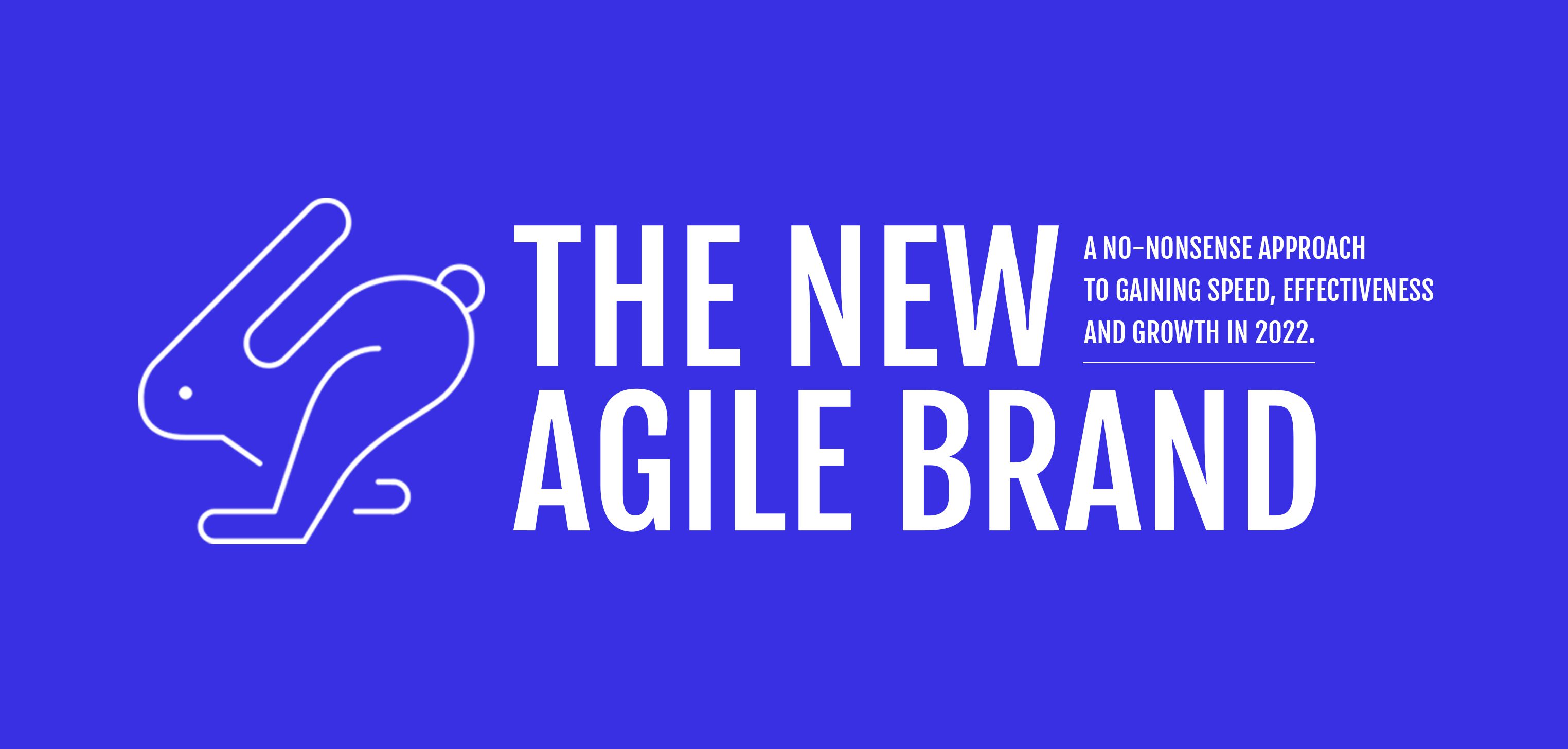The new agile brand: a no-nonsense approach to speed, effectiveness and growth in 2022
Agility can be summarised as the need for speed in bringing an offer to market, as well as driving growth. Today, however, the idea of ‘agile’ calls for a greater level of sophistication.
As Bill Gates said: “Success today requires the agility and drive to constantly rethink, reinvigorate, react and reinvent”.
Events of the past two years have forced brands to rethink their approach to meeting market demands. For many, these pressures have revealed flaws inherent within more traditional business systems – such as the traditional agency-brand relationship.
How does one implement and achieve this kind of agile state exactly? And what are the potential pitfalls one should anticipate?
In our webinar, the New Agile Brand, we spoke to Amanda Colpoys, an award-winning business agility coach and consultant, David Newton, the Global Consumer Strategy & Creation Leader at Phillips, and Chloe Couper, Marketing Practitioner and the Head of Pet Marketing at the Direct Line Group. We asked them how their brands have implemented agile practises to gain speed, as well as marketing effectiveness and business growth.
How can agility drive growth?
Amanda Colpoys, award-winning agility business coach, emphasises shorter feedback loops. The ability to take advantage of incoming information is vital, thereby enabling marketers to correct specific points in their campaigns. Moreover, shorter feedback loops contribute to clearer goals. Agile is geared toward meeting consumer demands and understanding, with shorter feedback loops, what content resonates the best. The result, of course, is a more effective process that results in a greater return on investment.
What are the common pain points associated with implementing agile?
No change is painless and will always present learning curves. The following are some of the more common issues with the initial application of agile, which can be quickly identified and addressed.
A clash of values: Agile is found mostly in tech companies that are heavily focused on products, which are reliant on quick feedback for further research and development. Multiple departments can easily clash over how the brand should be run, as they often have completely different approaches to operations.
Conflicting business silos: Brands will have multiple departments underneath them. Each will have their own purviews, objectives and varying degrees of autonomy to improve efficiency (I.e., silos). An agile system requires that these silos be able to cooperate and develop cross-functionality when they may not have needed to in the past, under more traditional models.
Leadership: It is essential that the entirety of a brand’s respective leadership team is onboard with implementing an agile system. As these are the primary decision-makers, all of which own various aspects of the brand’s business ecosystem, they will take a lead role in the application of agility.
The underlying thread of these pain points is a need for cross-functionality between different teams. Therefore, the solution lies within trust and effective collaboration of business silos. Furthermore, the removal of unnecessary layers of hierarchy and shortening the lines of communication between teams has been an important part of putting agile concepts into practise. Ensuring that teams, who would otherwise hardly ever speak to one another, communicate regularly is pivotal. Similarly, starting small is advisable to score short-term success and demonstrate proof of concept, while also reducing risk aversion.
Accountability and consistent messaging are similarly core components of achieving agility, as Chloe Couper, Head of Pet Marketing at the Direct Line Group, has explored. Building squads of talent, now able to draw on a multitude of insights and specialisms, that can cultivate a more end-to-end view of a brand’s funnel is fundamental in consistent messaging to customers.
What’s more, much of the benefit also centres around greater alignment and coordination. Larger, especially global, brands feel the brunt of misaligned goals and poor internal communication worse than most. If one branch moves out of step with another, the ripple effect can have serious negative consequences.
Final thoughts…
Agile can be creatively tiring, particularly if there are several smaller ‘sprints’ that are designed to keep up with shifts in the market and consumer demands. This can risk bleed over into the areas of strategic thinking. Therefore, it is crucial that ‘test and learn’ does not become a default setting for decisions that affect the whole of the marketing mix. Additionally, at the higher strategic level, core ideas must remain set in stone as a guide for teams that are tasked with execution.
Complexity arises out of the need to strike a balance between end-to-end squads that react effectively, while also preserving more structured, less agile functions – without one dominating the other. Building these teams require an expertise that a brand may not possess. Given the need for trust and collaboration, bringing such talent in-house is wise. Indeed, in-house agencies have proven themselves to be a highly successful method of establishing effective, goal-orientated teams.
The benefits are clear. Agile offers brands greater adaptability in the face of rapid market shifts, as well as a better way to leverage the specialist skills of one’s talent.


